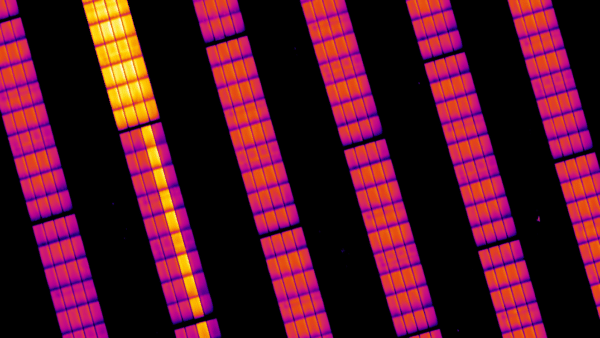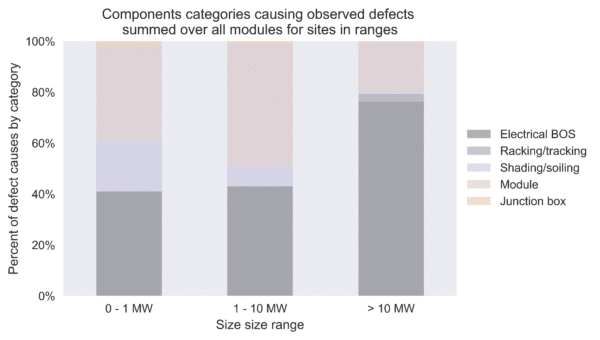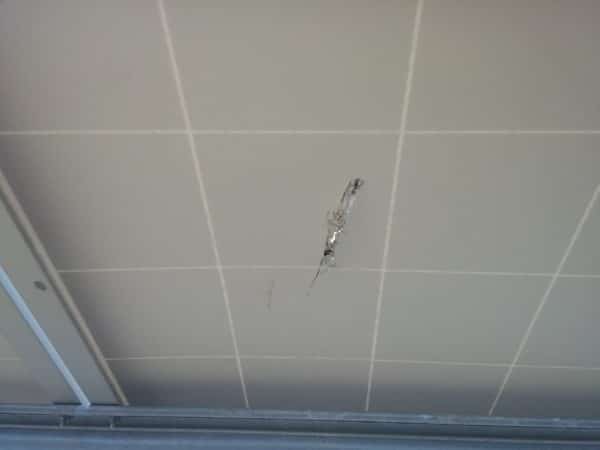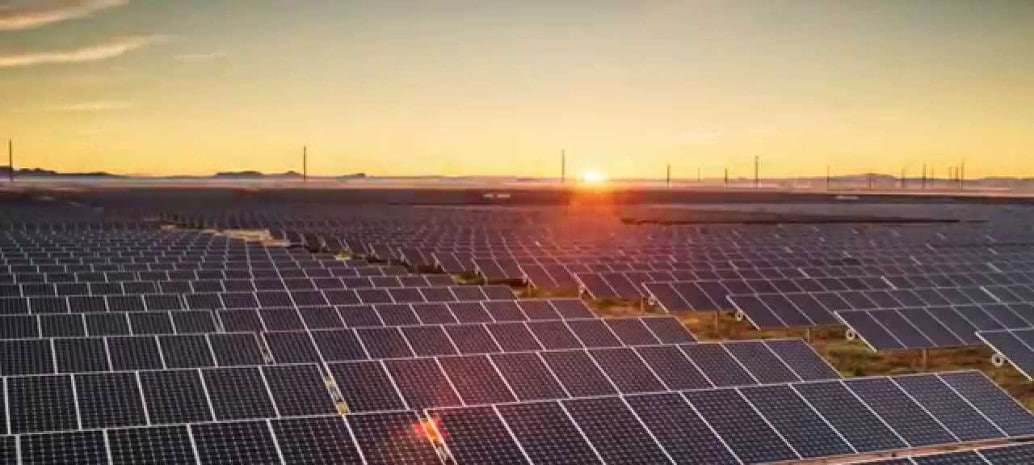Editor’s note: This article is the second in a series which will discuss specific system reliability issues seen in North American systems (the first article can be read here). Each article will focus on a specific failure mode, giving an overview and examples of defect presentation. A longer summary article diving into a broader industry context and defect prevalence will follow this series. This second article is a collaboration between Heliolytics and Strata Solar Services.
Electrical Balance Of System (BOS) components can be key failure points in PV installations, and will be the subject of this article. All components on the DC side from module interconnections up to and including the inverter are essential for delivering the power produced by the modules to the grid. The further up the chain the component, the more influential the failure to power production and therefore site revenue. Figure 1 gives an example aerial Infrared image where a string and combiner outages can be observed. If there is a fault in the Electrical BOS chain, the electricity produced by the panels cannot be properly extracted, and is instead burnt off locally as heat in the panels.

Heliolytics
On a 1.6 GW subset of unique sites that Heliolytics has inspected (more than 5 GW scanned to date), it was found that the category of Electrical BOS issues is the single biggest contributor to DC unavailability. Depending on site size, anywhere from 40% up to close to 80% of defects observed during aerial Infrared surveys can be attributed to this category (see Figure 2).

Heliolytics
Outages at the string, combiner, and inverter level can have a wide variety of root causes arising from the power grid, nature, components aging, or installation workmanship. Some specific examples of root causes are below:
- String
- Cracked module (see Figure 3)
- Internal module issues
- Damage to circuit wiring
- Fuse failure
- DC connector failure
- Lightning strikes
- Combiner
- Combiner box flooding
- Pest intrusion
- Failed internal components
- Inverter
- Ground fault
- Grid voltage issues
- Pest intrusion
- Transformer/medium voltage fault

Strata Solar
No matter the root cause of any outage or fault, active remote monitoring and a robust preventive maintenance program are the best defenses against nasty surprises, and are key to reducing energy losses due to BOS faults. In-depth performance analysis can alert operators immediately to significant outages, while detailed remote monitoring systems can target more granular sources of underperformance. The best chance of catching degrading components before a costly outage is with diligent inspection of components on site combined with infrared imagery. This allows for fixes at the earlier stages of mechanical or electrical failure.
Want to learn more about quality issues with PV plants? Be sure to attend pv magazine’s Quality Roundtable at the Solar Power International trade show on September 12 in Las Vegas. Register here.
This content is protected by copyright and may not be reused. If you want to cooperate with us and would like to reuse some of our content, please contact: editors@pv-magazine.com.








Nice article – would love to see more details on eBOS failures if possible.
Pest Intrusion makes me chuckle a little – we won’t sell combiners in NEMA 3R boxes even though most project specs only require 3R – have seen too many pictures of bees or wasp nests filling up electrical boxes, spiders and snakes fried across busbars, etc.
Not much we can do about flooding if the combiners are installed below the flood plain, or if the water is forced up the input/output conduits by ground pressure without proper sealing… but we do include NEMA 4 Condensate Drains on every unit.
We work hard to design and build for high quality and long term reliability and we appreciate field failure data/details to constantly improve our products.
We see so many combiners that get too fancy – Keep It Simple is our mantra: choose reliable components from top tier OEM’s, minimize wiring for high power connections as much as possible, rely on busbar connections in the main power paths, provide plenty of spacing for installation and O&M…